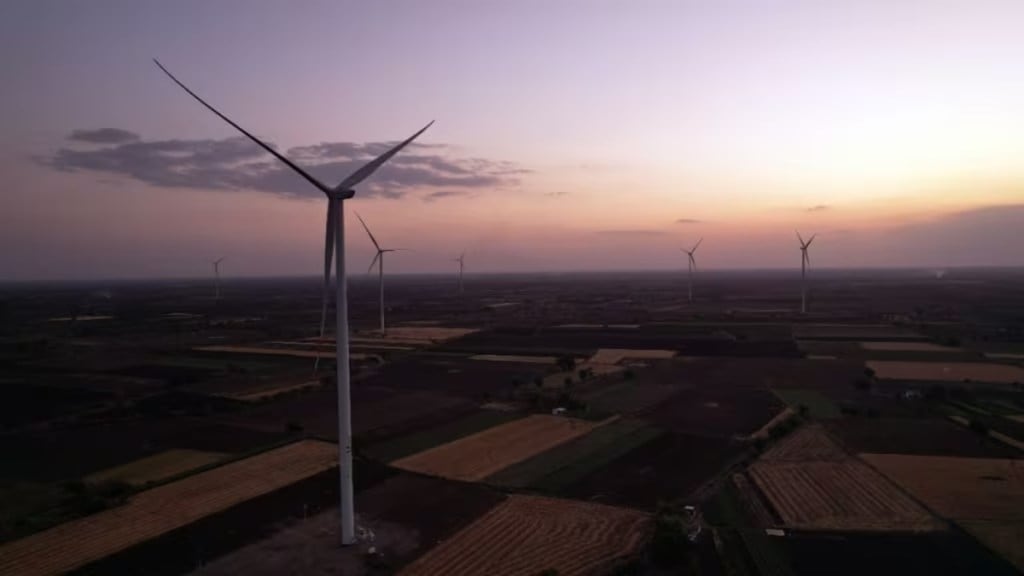N Chandra Mohan
In South Asia, cross-border power trade is already a reality within the sub-regional Bhutan, Bangladesh, India and Nepal grouping, including Myanmar. This will soon be extended to Sri Lanka as the India-Sri Lanka economic partnership vision includes establishing a power grid interconnection to enable bi-directional electricity trade, besides cooperating on developing the island nation’s offshore and solar energy potential. At last month’s G-20 clean energy ministerial meeting in Goa, India’s power ministry officials informed this newspaper that they are in talks with several south-east Asian nations, including Thailand and Singapore, for establishing grid linkages both on land and under the sea depending on cost considerations.
Looking east on cross-border power trade is definitely feasible as it builds on the considerable progress in South Asia. It has provided win-win outcomes for the BBIN sub-regional grouping. Cross-border trade in electricity among this grouping, including Myanmar, amounted to 17 billion units in 2021-22, up from 7.8 BU in 2013-14, according to the Power System Operation Corporation Limited. Bhutan and Nepal, for instance, have hydropower potential in excess of their domestic requirements. The surplus generated by hydel power stations in Bhutan coincides with the seasonal peak demand in the supply-short Indian economy. Bhutan exports the bulk of its hydro power to India, which purchased 7.3 BU in 2021-22, up from 5.56 BU in 2013-14.
Till recently, Nepal was importing electricity from India to meet domestic demand. But now all of this is changing as it has become an energy surplus nation, with ambitions to sell even to Bangladesh. A long-term bilateral agreement allows Nepal to sell 10,000 MW of power to India over a 10-year period. Currently, Nepal is allowed to sell 452.6 MW of electricity generated by 10 hydropower projects to India. This is a major item of its exports and earned Rs 12 billion (Nepalese rupees) last year. There are similar positive outcomes in store for Sri Lanka once bi-directional power trade begins with India. All of this provides a basis for raising the level of ambition in looking further eastwards in cross-border trade in electricity.
On land, these linkages entail connecting and strengthening India’s national grid to Myanmar to transmit electricity to Thailand and other south-east nations. These grid linkages could take at least four years to be complete and reflect India’s determined efforts to use it growing renewable energy capacity to boost its engagement with South Asia and regional groupings like BIMSTEC and ASEAN. Transnational grid interconnections enhance sub-regional and regional energy security while promoting economic growth. They help meet sustainable development goals and deal with climate change. As ASEAN is the world’s fourth largest consumer of energy, such grid interconnections for clean energy will aid its transition to a low carbon energy future.
While India is keen to establish cross-border grid linkages with south-east Asian nations, the big question is how will of this be financed. G-20 support is perhaps vital in securing support from international bankers and developers. Building subsea cable is challenging. Prices are high as there is excess demand in the global market for long-distance cables and related energy infrastructure. This is straining the supply chains for cable and converter stations needed for connection to the grid. A CEO of one of the market leaders was quoted in the Financial Times as stating that “customers are in a kind of panic mode… They realize that if (they don’t move faster) than the market, their capacity will be booked by someone else. So they are kind of participating in our investment and giving us a down payment for volume,” adding that “we can price cables with more headroom price-wise that we used to have in the last 10 years”
Laying cables across deep and uneven seabeds requires special vessels and highly skilled workers. This business is highly concentrated among only a few global players who are based in European countries. The top three players control over 75% of the market. Entry barriers are high. The largest cable maker by market share, for instance, has a ship that is 171 meters long and equipped to lay cables up to 3,000 meters deep. There is also the question of pricing.
The Indian government has engaged the French electric utility company, EDF, to prepare a detailed regulatory framework that would address these challenges including pricing by the end of this year. India and ASEAN must also harmonize their legal and regulatory framework for cross-border trade, which appears to be an idea whose time has come even among the developed nations in Europe which have several projects for cross-border energy trade.
(The writer is an economics and business commentator based in New Delhi. His views are personal)
